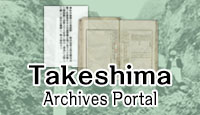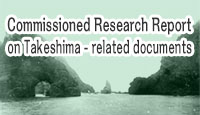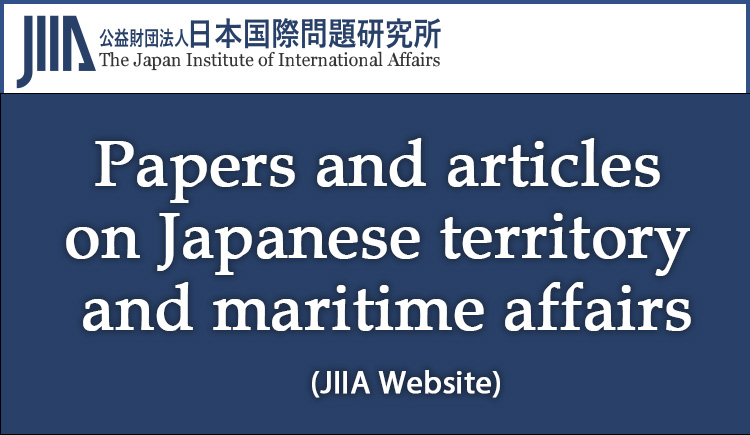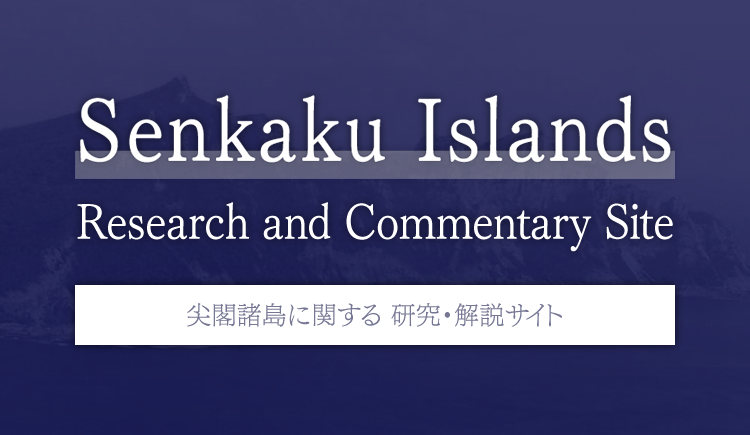The documents and materials published on this website were collected, researched, and prepared with advice from experts, as a part of a Government-commissioned project. The contents of this website do not reflect the views of the Government. Links to external sites (domains other than https://www.cas.go.jp) are not under the management of this site. For linked websites, please check with the organization/group that manages the website for the link in question.
Commentary on themes by historical period
Classification by historical periods I
After the OYA family and
MURAKAWA family began traveling to Utsuryo Island and Takeshima with permission from the shogunate
(Edo era)
(1) Passage to Utsuryo Island and Takeshima by the OYA family and MURAKAWA family
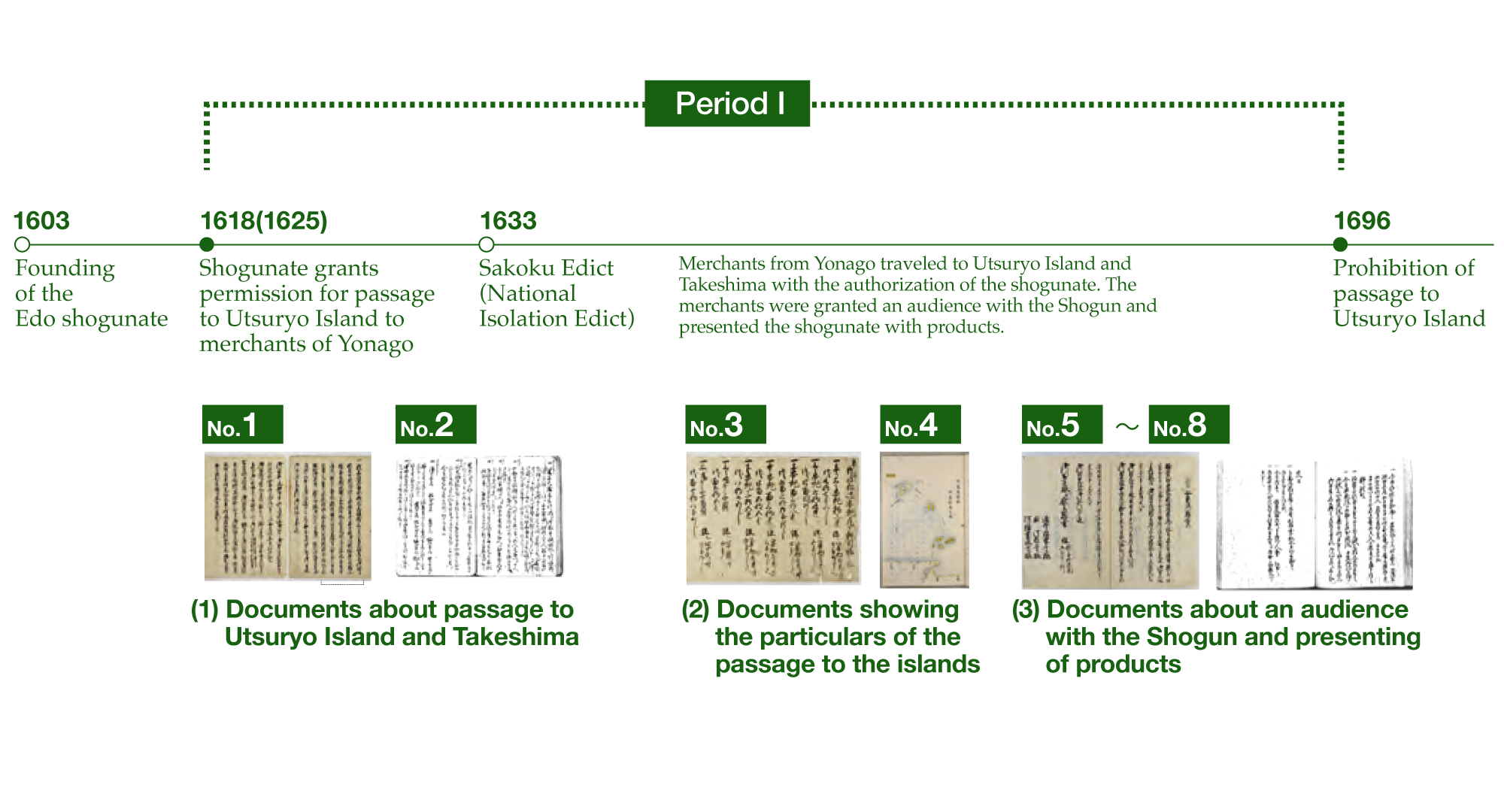
1. Passage to Utsuryo Island and Takeshima by the OYA family and MURAKAWA family
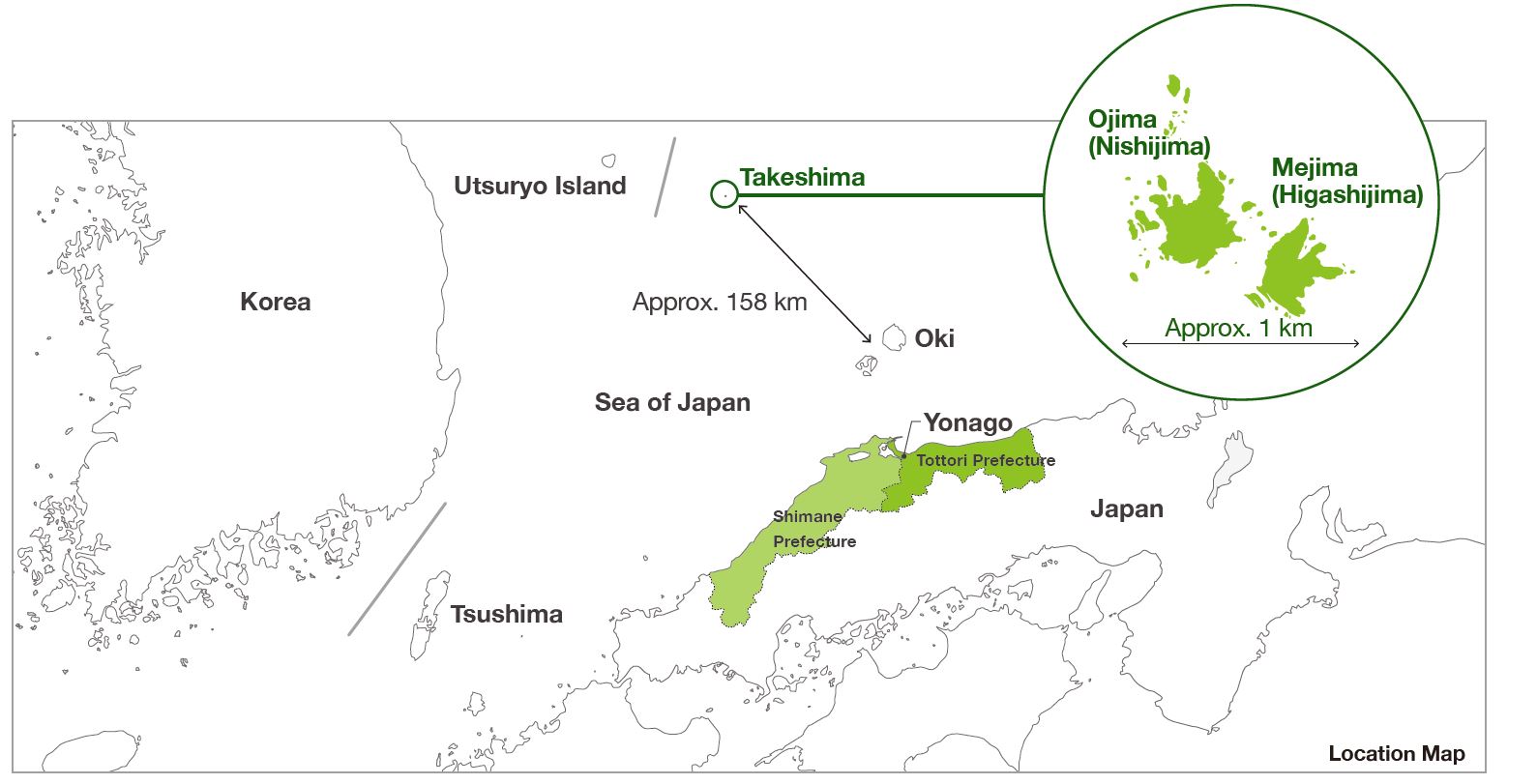
In 1617, Jinkichi OYA, a merchant from Yonago who operated a shipping business, was shipwrecked on
his way back from Echigo Province and drifted to Utsuryo Island. Upon exploring the island, OYA
discovered that it was uninhabited and rich in resources, and decided to conduct business by acquiring
the resources on the islandNo.1.
Together with Ichibee MURAKAWA, a fellow merchant of Yonago, OYA appealed to the shogunate for
permission for that purpose. In 1618, the Edo shogunate notified the OYA and MURAKAWA families, via
the lord of the Tottori Domain, that permission was granted for their passage to Utsuryo Island. With
this, their business project on Utsuryo Island was launched (*1).
Thereafter, the two families traveled to Utsuryo Island in turns every year, staying there for
several months each time and acquiring various products, particularly abalone and sea lionNo.2.
On their passage, they used present-day Takeshima as a landmark for their voyage, and as a fishing
ground for sea lion and abalone
No.4.
The two families agreed on an arrangement of adding up and dividing their revenue and expenditure
between them every yearNo.10.
2. The Project was authorized by the shogunate government
The shogunate granted the OYA and MURAKAWA families an audience with the Shogun (*2), so
the two families had an audience with the Shogun once every few years. On these occasions, they
presented products from Utsuryo Island and Takeshima as gifts to the senior officials of the
shogunateNo.5
No.6
No.7.
The passage to Utsuryo Island by the OYA family and MURAKAWA family was brought about through a
procedure in which Shirogoro ABE (*3), a shogunate retainer (known as “hatamoto”), lobbied
the shogunate’s council of elders, who then jointly granted permission via the lord of the Tottori
Domain. Thereafter, Shirogoro ABE continued to act as a go-between for the OYA and MURAKAWA families
and the shogunate, arranging audiences with the Shogun and intermediating the presenting of products
as gifts by the families. The lord of the Tottori Domain supported the project by lending funds to the
OYA and MURAKAWA families, and offsetting the loan by purchasing products from themNo.3. The project was pursued with official authorization from the shogunate.
Although the shogunate issued the Sakoku Edict (National Isolation Edict) in 1633, passage to Utsuryo
Island and Takeshima was maintained.
3. Documents conveying the state of affairs at the time
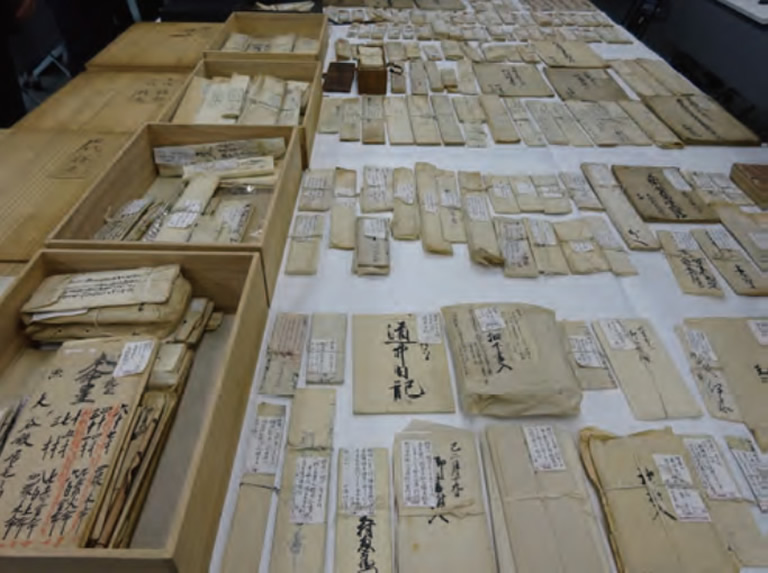
Photographs: Provided by the Takeshima Island’s Policy Office, General Affairs Division, General Affairs Department, Shimane Prefectural Government
Documents showing the activities of the OYA and MURAKAWA families remain in the respective families. In particular, many documents and materials related to the OYA family have been saved from being scattered and lost. These form a valuable cluster of documents and materials that depict the business of the two families in those days.
We conducted research on documents and materials that are related to present-day Takeshima during the Edo era and are kept in the repositories of organizations across Japan, including the Tottori Domain Administration Documents (reposited at Tottori Prefectural Museum). Among these, in the document research conducted in FY2019, we were provided with the image data of a part of the OYA family’s documents that had been donated to Shimane Prefecture (Many documents were donated to Shimane Prefecture in January 2019. Refer to the the photograph at the bottom of this page).
Furthermore, in the document research conducted in FY2015, we received a document from the Tottori
Prefectural Museum (image data), from among the Tottori Domain Administration Documents “Goyonin Nikki
(Diary)”, which shows that dried abalone harvested from Takeshima was presented to the Shogun by the
Tottori Domain in 1695No.8.
4. Documents drawn up in later years
Passage to Utsuryo Island by the OYA and MURAKAWA families was prohibited in 1696 as a result of
negotiations between Japan and Korea via the Tsushima Domain. However, there are documents drawn up in
later years that depict the OYA and MURAKAWA families’ passage to the island.
One such documents is “Takeshima Study”No.4, which includes the geography, products, and other information
pertaining to Utsuryo Island and Takeshima, written in 1828 by a samurai (Masayoshi OKAJIMA) who held
a key position in the Tottori Domain.
*1 As Utsuryo Island was called “Takeshima” at the time, this notification of authorization grants
permission for passage to “Takeshima.” Some argue that this authorization was issued in 1625.
*2 Among the samurai who are directly subordinate to the Shogun (retainers known as “hatamoto” and
“gokenin”), only the “hatamoto” in principle were granted an audience with the Shogun.
*3 The name “Shirogoro ABE” had been passed from generation to generation. Similarly, the names
“Kyuemon” and “Ichibee” were passed down across generations in the OYA and MURAKAWA families
respectively.
Takeshima
Research and Commentary Site
- I Comprehensive issues
- II Commentary on themes by historical period
- III Analysis of claims by other countries

